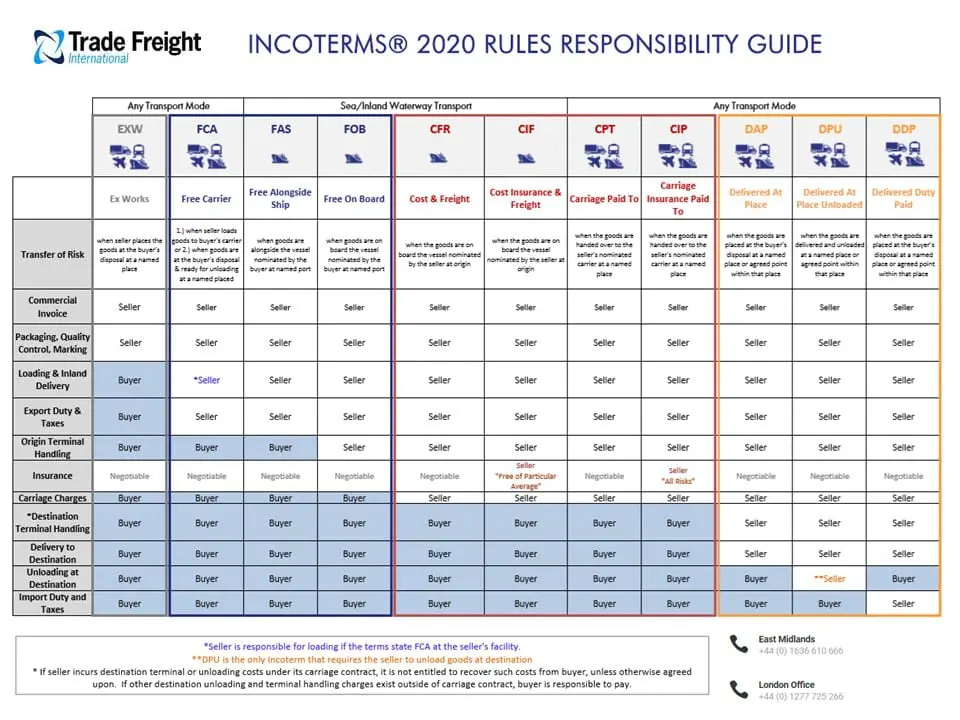The festive period may be over but winter is very much still here and weather forecasts are currently predicting plenty more cold weather before we start to see the first rays of glorious spring sunshine. Our haulage drivers have to be out and about, as you can imagine we see so many unnecessary accidents, so with that in mind here are our tips for car drivers.
Only drive when you absolutely have to
It may sound like stating the obvious, but the less often you drive, the less chance you have of being involved in an accident of any description. If there are essential trips you need to make, try to time them for when the weather is at its least bad, there are apps which can help with this. We see accidents that have happened where people have been caught out by weather or have simply gone out when they were unsure or hesitant about driving in adverse conditions.
Keep your car in good shape
While this applies all year round, it takes on extra importance in winter, when driving conditions are at their worst. In particular, make sure that you not only have tyres with a suitable grip but that you maintain them at the correct pressure. A digital tyre gauge will make this easy and quick to check. We often have 18 wheels to check and at the point of a blowout our extra wheels can make a difference, with 4 and travelling at speed you have a far less chance of stopping safely.
Stock up on essentials
As the old saying goes, hope for the best prepare for the worst, so make sure that if you are involved in an accident (or even just have a breakdown), you are well-prepared to sit it out until help arrives. In order for help to arrive, you will have to call for it, so make sure you have an extra source of power for your mobile, especially since phone batteries tend to go very flat very quickly in cold temperatures. You will have driven past people standing on the verge next to the hard shoulder, that’s no fun if you don’t have warm and waterproof clothing. Always keep protective clothing in the car along with a blanket.
Drive slowly and leave plenty of distance between yourself and the car in front
This is possibly the biggest concern of haulage drivers, we always leave a large gap for stopping distances but car drivers can be reckless, pulling in at the last moment. This is arguably the number one tip for safe driving in winter. In simple terms, skidding is probably the single biggest hazard of winter driving and so you want to do everything you can to avoid getting into a skid in the first place because handling skids is something which, for many people, comes under the category of “easier said than done”, especially since there are two different ways you can skid and they require different responses.
Understanding skids
If your front wheels lose traction, then your car will continue to travel in a straight direction regardless of what you do with the steering wheel, hence the fact that it is also known as under-steer. In this instance, you need to try to point the wheels in the direction of travel (otherwise the car may lock up when it gets traction) and take your foot off the accelerator so that your car slows either to a stop or to the point where you can get traction.
If your rear wheels lose traction, then your car will veer left or right regardless of what you do with the steering wheel, hence the alternative name of oversteer, and this is where you want to aim to steer into the skid and also take your foot off the accelerator.
For the record, front-wheel-drive cars can have rear-wheel skids especially if they have faulty rear brakes, so you cannot assume that the fact that you have a front-wheel-drive car means you will only have front-wheel skids (or vice versa although it is very unusual for rear-wheel-drive cars to have front-wheel skids).
Do everything as slowly and smoothly as possible to reduce the risk of skids
Accelerate slowly and try to keep your brake for when the unexpected happens, slow down by taking your foot off the accelerator instead (this is good practice in any case and will generally improve fuel economy). In particular, be very careful when going around corners as these are prime locations for skids.
We hope that this information has helped and wish you happy and safe motoring this winter.



Recent Comments